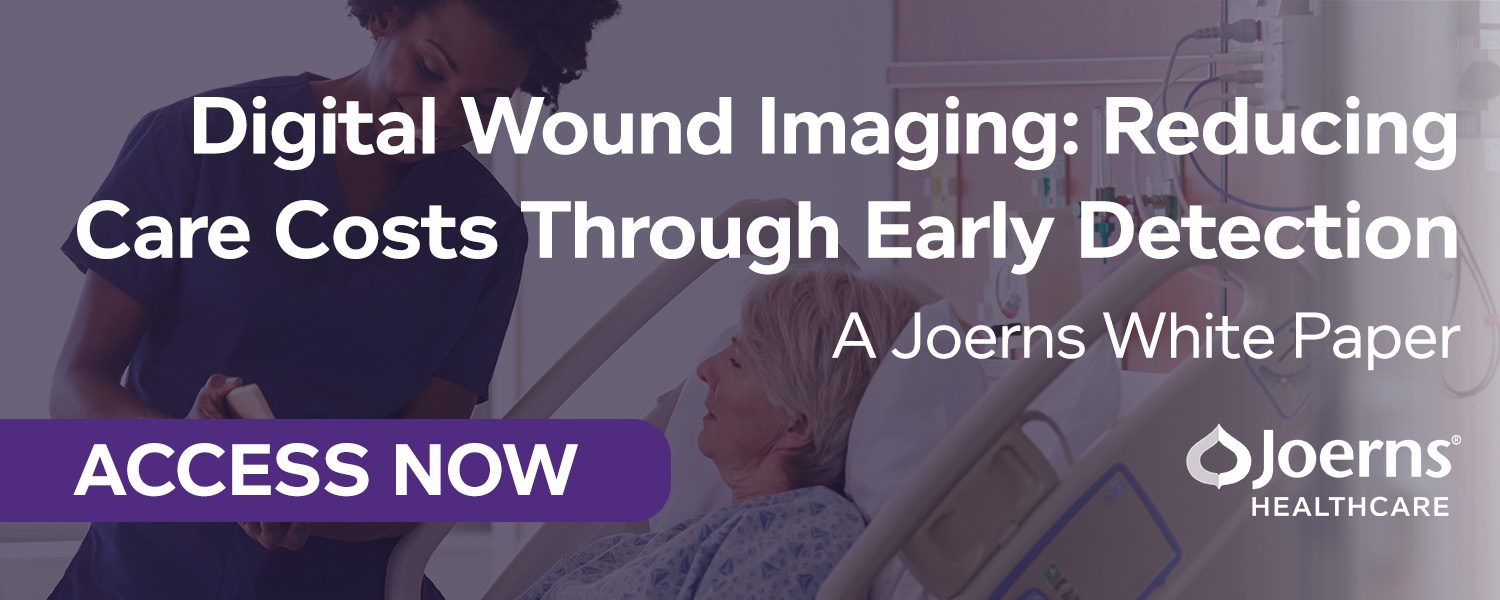Wound management programs are an essential component in optimizing outcomes in patients with wounds. While most facilities have some form of existing wound management program, enhancing the performance of these programs has significant benefits for both patients and clinicians. These benefits include:
- Improved patient outcomes
- Increased patient satisfaction
- Enhanced staff competence
- Improved staff satisfaction
- Compliance with regulatory compliance
- Improved financial performance
Digital wound assessment technologies offer a simple and effective method of enhancing wound management programs and are often the missing link that providers need to take their wound care practices to the next level.
How Digital Wound Assessments Benefit Wound Management Programs
Better Patient Care
By using digital wound assessment technologies, you can significantly enhance patient outcomes and satisfaction. These technologies provide more accurate wound assessments by digitizing the process. Purely human-based wound assessments are at least somewhat subjective, and changes are harder to detect when comparing assessments performed by different providers. A digital wound assessment tool reduces these variations and makes the assessment process more objective.
Advanced digital wound measurement devices can also perform fluorescent imaging of wounds, allowing providers to assess the bacterial burden of the wound. Localization of bacterial flora enables providers to more precisely treat wounds while minimizing disruption of healthy granulation tissues.
Ultimately, wound healing technologies lead to improved care coordination and provide early recognition of potential complications. This leads to improved patient outcomes and satisfaction.
Staff Satisfaction
Incorporating digital wound assessment technologies in wound management programs can also improve staff competence and job satisfaction. These technologies provide staff with accurate, efficient wound assessments; this saves time that can be used for other patient care activities. These technologies also improve the ability to provide targeted, effective treatments, improving staff satisfaction.
While digital wound measurement devices transform how wound care can be provided, many providers are unfamiliar with these technologies and the benefits that they offer. Providing training and support to staff is important to improve their understanding and utilization of these advanced wound care technologies. Additionally, involving staff in the selection and implementation of digital wound assessment technologies can increase their buy-in, leading to better adoption rates and improved outcomes.
Regulatory Compliance
Using digital wound assessment technologies can also help facilities comply with regulatory requirements. These technologies provide objective documentation of wound assessments, making it easier for facilities to demonstrate compliance with industry standards. This can reduce the risk of regulatory penalties while simultaneously improving patient safety.
Integrating digital wound assessment technologies into wound management programs can help facilities meet accreditation standards. Accrediting bodies require facilities to provide evidence-based care, and digital wound measurement devices result in the documentation necessary to demonstrate that evidence-based care is being provided.
Financial Performance
Enhancing wound management program performance by implementing digital wound assessment technologies can improve the cost-effectiveness of wound care. These avoided costs are realized both by decreasing the cost of providing care during treatment and by decreasing the length of treatment.
By quickly recognizing complications and allowing more targeted treatment, digital wound assessment technologies can result in fewer dressing changes and a decreased need for advanced wound care devices or treatments. This decreases the costs associated with supplies, medications, and staff time.
Reducing complications and facilitating rapid healing also decreases the length of treatment by reducing healing times and extensions in treatments caused by complications. This further reduces the cost of providing treatment for complications, costs that may be partially or completely the responsibility of the facility in some cases.
Conclusion
Digital wound assessment technologies are the missing link for enhancing wound care practices in most wound management programs. They improve patient outcomes and satisfaction, staff competence and satisfaction, regulatory compliance, and the cost-effectiveness of wound care.
Healthcare facilities should invest in these technologies to help improve care coordination and allow for targeted treatment. By doing so, they can provide better patient care while creating a more supportive work environment for their staff.
Some facilities may be tempted to view investment in wound healing technologies as an added cost or something extra and not necessary. This view, however, neglects to consider the significant costs avoided that are likely to be realized quickly after investing in these technologies.
In summary, integrating digital wound assessment technologies can transform wound care management programs. These technologies ultimately benefit providers, facilities, and the patients that they serve. By improving the quality of care provided and leading to better patient outcomes and satisfaction, these technologies offer benefits that make them an essential investment for any organization serious about its wound management program.
